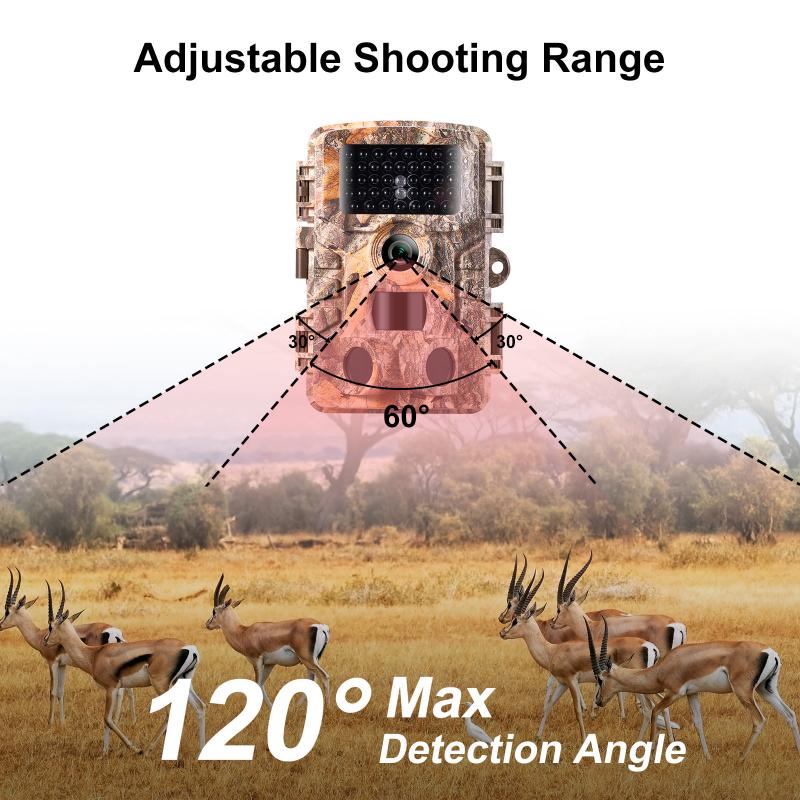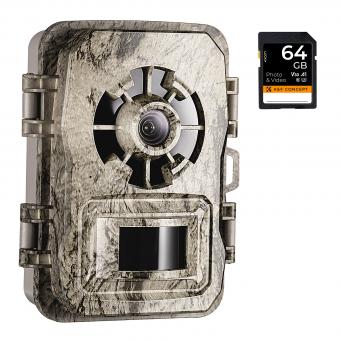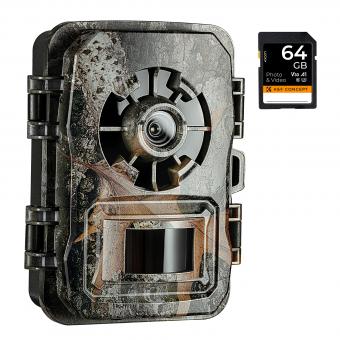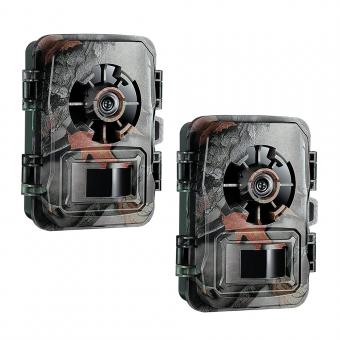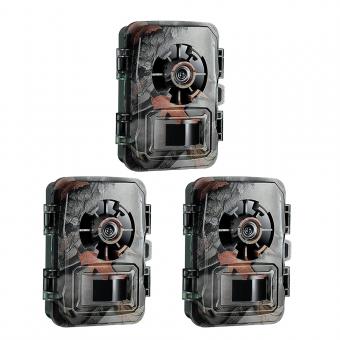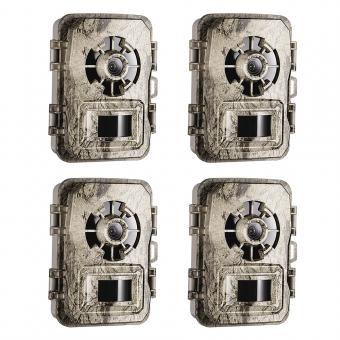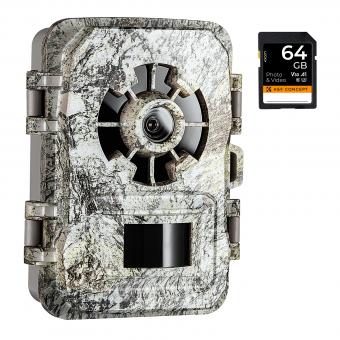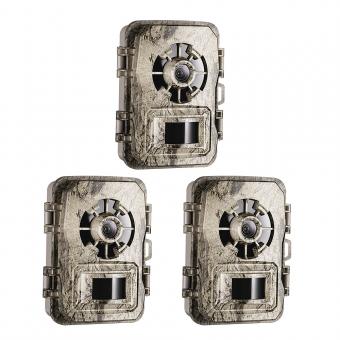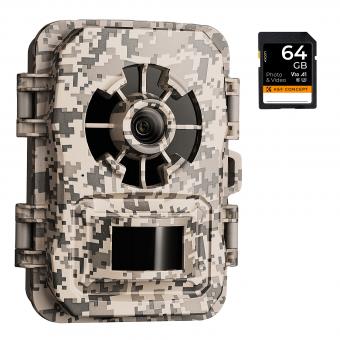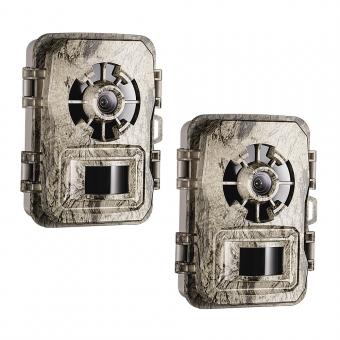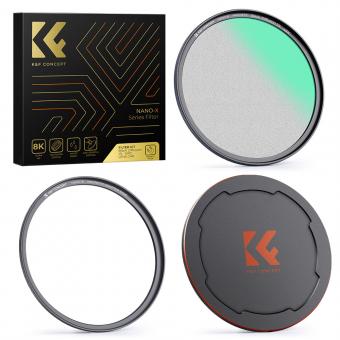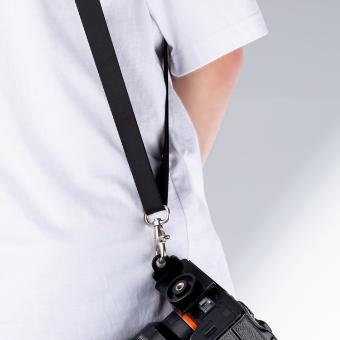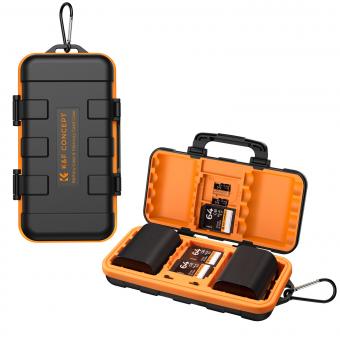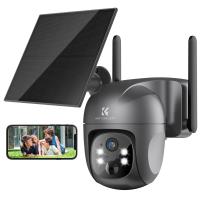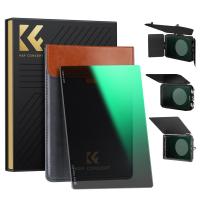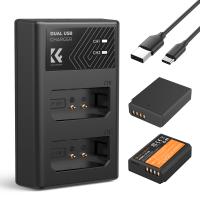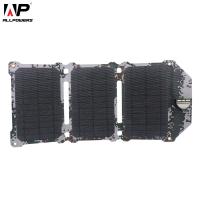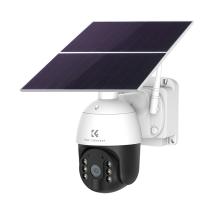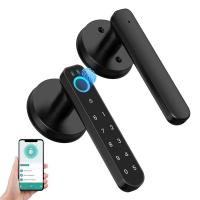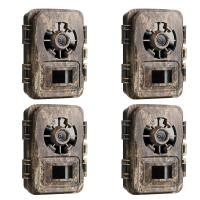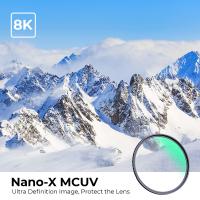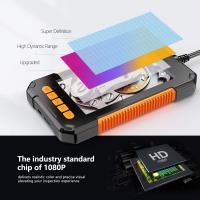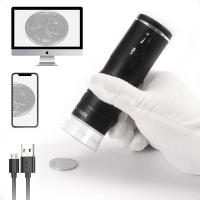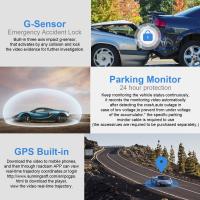How Long Is The Battery Life Camera ?
The battery life of a camera can vary depending on several factors such as the type of camera, usage patterns, and settings. Generally, digital cameras have different battery life specifications. Some compact point-and-shoot cameras may have a battery life of around 200-300 shots per charge, while mirrorless cameras and DSLRs can typically capture 300-800 shots per charge. However, it is important to note that these numbers are approximate and can vary. Additionally, using features like flash, video recording, or continuous shooting can significantly impact battery life. It is recommended to refer to the specific camera model's specifications or user manual for accurate information on battery life.
1、 Battery capacity
The battery life of a camera is an important consideration for photographers, as it determines how long they can shoot without needing to recharge or replace the battery. The battery life of a camera is typically measured in terms of the number of shots it can take on a single charge.
The battery life of a camera can vary greatly depending on several factors, including the type of camera, the shooting conditions, and the settings used. DSLR cameras generally have shorter battery life compared to mirrorless cameras, as they require more power to operate the mirror mechanism. Similarly, shooting in burst mode or using features like image stabilization can also drain the battery more quickly.
Battery capacity is another important factor that affects the battery life of a camera. The higher the battery capacity, the longer the camera can operate on a single charge. Battery capacity is typically measured in milliampere-hours (mAh), and cameras with higher mAh ratings tend to have longer battery life.
In recent years, camera manufacturers have made significant improvements in battery technology, resulting in longer battery life for many cameras. Some cameras now offer extended battery life options or have the ability to use larger capacity batteries. Additionally, advancements in power management systems have also helped to optimize battery usage and extend the overall battery life.
It is important to note that the battery life of a camera can also be influenced by external factors such as temperature. Extreme cold or hot temperatures can affect the performance and longevity of the battery, so it is advisable to keep the camera and battery within the recommended temperature range for optimal performance.
In conclusion, the battery life of a camera can vary depending on various factors, including the type of camera, shooting conditions, settings, and battery capacity. While advancements in battery technology have resulted in longer battery life for many cameras, it is always a good idea to carry spare batteries or have a backup power source, especially for extended shooting sessions or when traveling.

2、 Power consumption
The battery life of a camera can vary depending on several factors, including the type of camera, usage patterns, and power consumption. When it comes to power consumption, it is essential to consider the camera's features and settings, as they can significantly impact battery life.
In general, digital cameras have made significant advancements in power efficiency over the years. Many modern cameras are designed to optimize power consumption and extend battery life. However, it is important to note that power-hungry features such as continuous autofocus, image stabilization, and video recording can drain the battery more quickly.
The battery life of a camera is typically measured in terms of the number of shots it can take on a single charge. Entry-level point-and-shoot cameras usually have a battery life ranging from 200 to 400 shots, while more advanced mirrorless or DSLR cameras can offer anywhere from 300 to 1000 shots per charge. However, these numbers are approximate and can vary depending on various factors.
It is worth mentioning that battery life can also be affected by external conditions such as temperature. Extreme cold or hot temperatures can reduce battery performance and shorten the overall battery life.
To maximize battery life, it is recommended to use power-saving features such as turning off the LCD screen when not in use, using the viewfinder instead of the live view mode, and disabling unnecessary features like Wi-Fi or GPS. Additionally, carrying spare batteries or using external battery packs can provide extended shooting time.
As technology continues to advance, camera manufacturers are constantly working on improving power efficiency and battery life. Therefore, it is always advisable to check the specifications and reviews of a camera model to get the most accurate and up-to-date information on its battery life and power consumption.

3、 Shooting time
The battery life of a camera can vary depending on several factors such as the camera model, shooting conditions, and usage patterns. When it comes to battery life, the term "shooting time" refers to the duration for which the camera can continuously capture photos or record videos on a single charge.
In general, the battery life of cameras has improved significantly over the years due to advancements in battery technology. Many modern cameras are equipped with lithium-ion batteries, which offer longer shooting times compared to older battery types. However, it is important to note that higher-end cameras with more advanced features and larger sensors tend to consume more power, resulting in shorter shooting times.
On average, most entry-level to mid-range cameras offer a shooting time of around 300 to 500 shots per charge. This estimate can vary depending on factors such as the use of flash, continuous autofocus, and image stabilization. Additionally, shooting videos can drain the battery more quickly compared to capturing still images.
To maximize battery life, it is recommended to use power-saving features such as turning off the LCD screen when not in use, using the viewfinder instead of the live view mode, and disabling unnecessary features like Wi-Fi or GPS. Carrying spare batteries or using external battery packs can also be helpful, especially during long shooting sessions or when traveling.
It is worth mentioning that camera manufacturers are constantly working on improving battery life. Some newer camera models boast extended shooting times, with some mirrorless cameras offering up to 800 shots per charge. However, it is always advisable to check the specifications and user reviews of a specific camera model to get an accurate idea of its battery life.
In conclusion, the battery life of a camera, in terms of shooting time, can vary depending on various factors. While advancements in battery technology have led to longer shooting times, it is important to consider the camera model, shooting conditions, and usage patterns to get a realistic estimate of battery life.
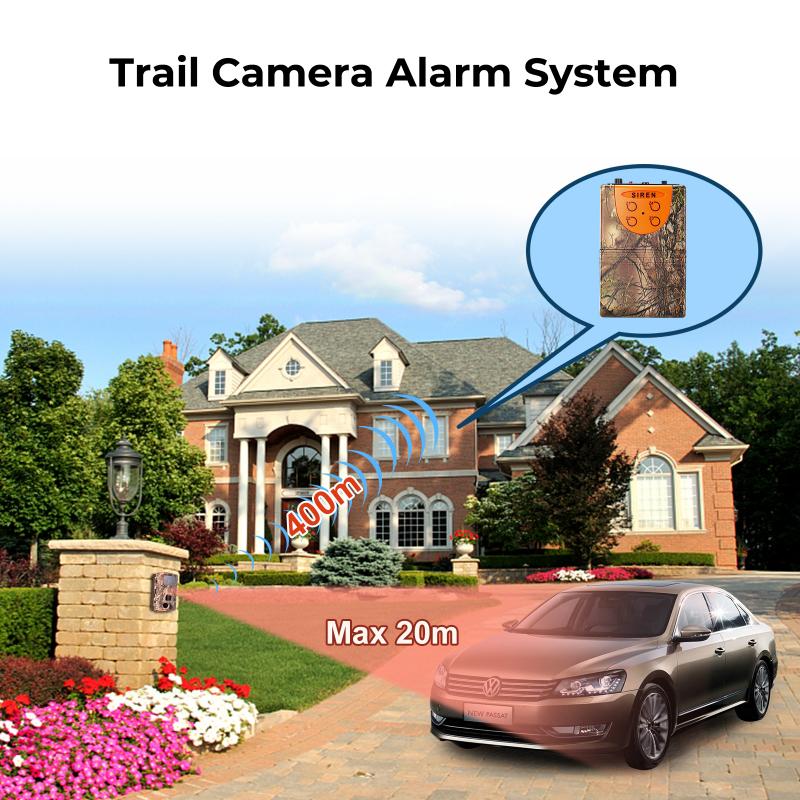
4、 Standby time
The battery life of a camera can vary depending on several factors, including the type of camera, usage patterns, and settings. One important aspect to consider is the standby time, which refers to the duration the camera can remain on standby mode without actively being used.
In general, the standby time of cameras can range from a few hours to several days. Compact point-and-shoot cameras typically have a shorter standby time compared to more advanced DSLR or mirrorless cameras. This is because compact cameras are designed for casual use and often have smaller batteries.
However, with advancements in battery technology, many cameras now offer longer standby times. Some high-end mirrorless cameras, for example, can remain on standby for several days before the battery drains completely. This is particularly useful for photographers who need to have their camera ready at a moment's notice, without worrying about the battery dying.
It's important to note that standby time can be affected by various factors. For instance, if the camera is connected to Wi-Fi or Bluetooth, the battery may drain faster. Similarly, using features like image stabilization or continuous autofocus can also impact the standby time.
To maximize the battery life and standby time of a camera, it is recommended to turn off any unnecessary features when not in use. Additionally, using a spare battery or a portable power bank can provide an extra boost when shooting for extended periods.
In conclusion, the standby time of a camera can vary depending on the model and usage patterns. With advancements in battery technology, many cameras now offer longer standby times, allowing photographers to be ready for action whenever they need to capture a moment.
